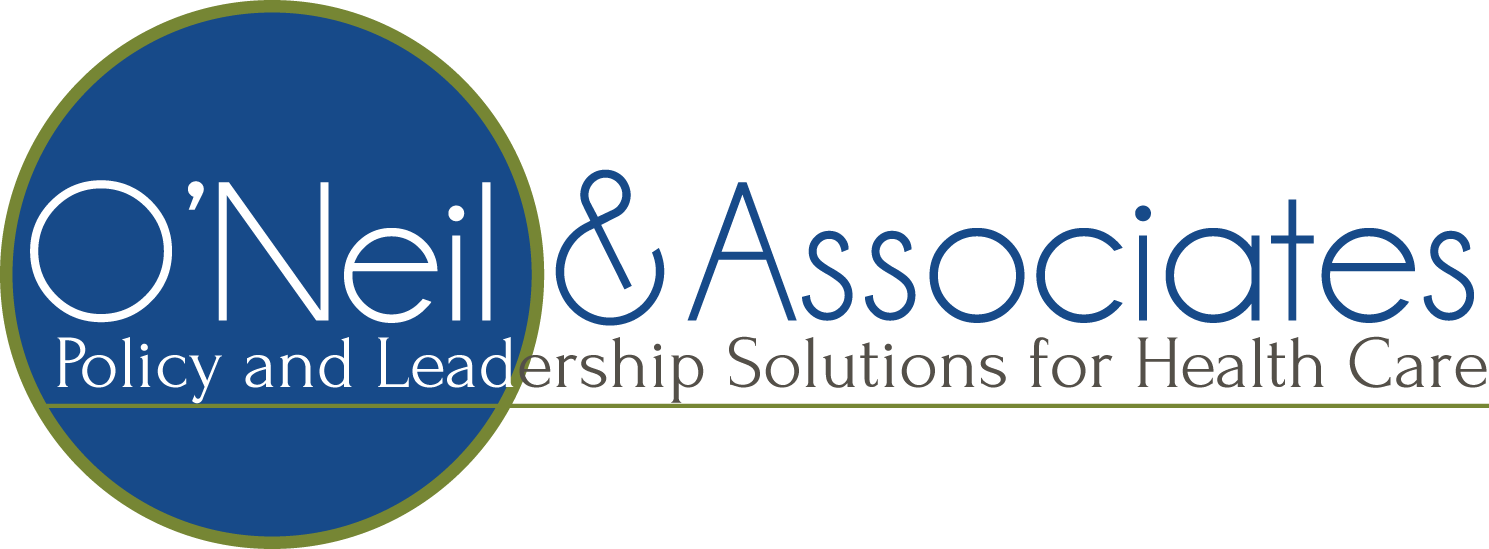Last month I gave a quick sketch of what I see as the key elements of producing value in a reconfigured health system. This aim is the very best way for health care leaders to ensure that their institutions remain viable and driven toward a future state that can improve the health of those they serve and not damage the overall economy of our nation. Nowhere will this value pursuit be more challenging than in the nation’s hospitals. In large measure, the difficulty that hospital leaders face is a function of the niche in the health care ecology that they occupy. Because they have housed many of the highly specialized, technologically driven and expensive services, they have come to represent the excesses of the system and are targets for change from every quarter. The addiction of hospital finance to the revenue stream that flows from the emergency room through the ICU to the step down unit means that quitting the habit developed during the era of cost plus reimbursements will be hard, if for no other reason than that there is little, if any, experience at running hospitals in other types of business models.
For now the prevailing strategy imbedded in the policy of health care reform and the operating objectives of commercial health insurers is to avoid the expense of the hospital by preventing the readmission of patients who have recently received care and to a lesser extent, insuring that care is managed effectively outside of the hospital, preventing an initial admission from occurring. In effect both of these approaches assume that hospitals will never be able to create a new value proposition that delivers effective care at an affordable price which in turn leaves the patient as consumer feeling well served and cared for. Here are some thoughts on where to begin.
Any real change in the value proposition will have to involve the remaking of two partnerships. The first is between the hospital and its medical staff and the other between the hospital and the patient care services staff, particularly nursing.
Physician service is conducted in hospitals because they assemble the right array of technology, service support and other specialty physicians. This business model has grown without much critical attention because in the procedure-reimbursement-based past, it made good sense to sustain it. Hospitals now must lead an effort to reconsider how the services they have provided might be arrayed in a new manner to produce a different value outcome. There is not likely to be one model that will be discovered which will serve everyone; and vast variations will exist across geography, specialty services, and needs of the consumer. But these are some of the questions to be posed: Does it make sense to still assemble every service under a single roof or does the cost of bringing together such disparate services far outweigh any gains? Can specialized knowledge be delivered in ways other than physical proximity? In this regard, how much could be moved home? How much could be offered electronically? What limits do physicians have in their practice model folding over onto the model of the hospital? This is a new and challenging consideration. Hospitals arrange for capital to be accumulated in order to purchase and deploy expensive technology in equally expensive settings. This new consideration by hospitals and their medical staff asks them to consider how to disaggregate, relocate, interrupt and reposition those services and the process will not seem natural, but will be absolutely essential for survival. Strategy consultants are known for telling the tale of the plight of the railroads at the opening of the twentieth century. With all of the financial resources, market share, technology and business know how, they somehow managed to miss the two transportation revolutions in automotive and aviation technology that would remake the transportation industry. Where are hospitals and physicians missing the easy reach to remake health care?
The second hospital collaboration for creating new value is through the nursing and patient care staff. This formula is fairly straightforward as the patient care staff is the key to improving efficiency, assuring quality and creating a level of consumer satisfaction that few associate with a stay at the hospital. There are a few simple steps to take. First push decision making, problem solving and value creation down completely through the organization. The hierarchies that have been in health care resist such a move, but if value is to be derived from the patient care staff investment, then empowerment has to be spread. This will of necessity involve the wholesale understanding, support and investment of the medical staff. But perhaps they can be kept busy doing the redesign work described above. After responsibility has been given, skills need to be improved. Staff will need to improve customer communications skills; they will need techniques for making small-scale improvements, such a lean improvements or small tests of change; they will need new team, decision making and collaboration skills and a host of other skills. These new skills should to be taught close to where the improvement needs to be made and with as much freedom of action for the staff as possible.
Hospitals will undoubtedly turn to a host of outside resources to address the challenges of change over the next decade. It will be important for hospital leaders to remember that real change will come in activating medical staff to reconsider the practice-business model that brings them together and activating patient care staff to deliver this model in ways that provide value to customers at every step.
O'Neil and Associates
Website by Detail & Design
